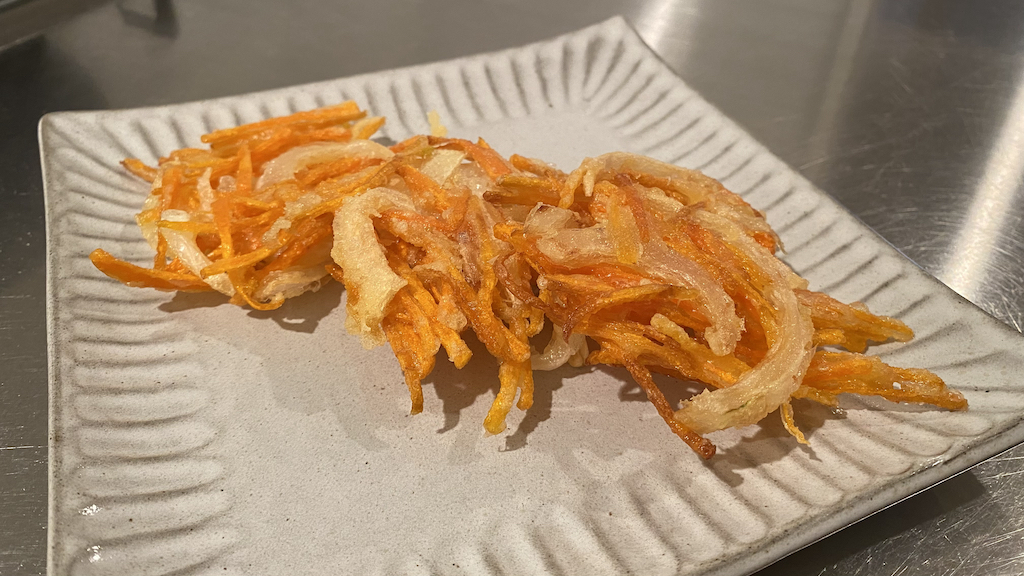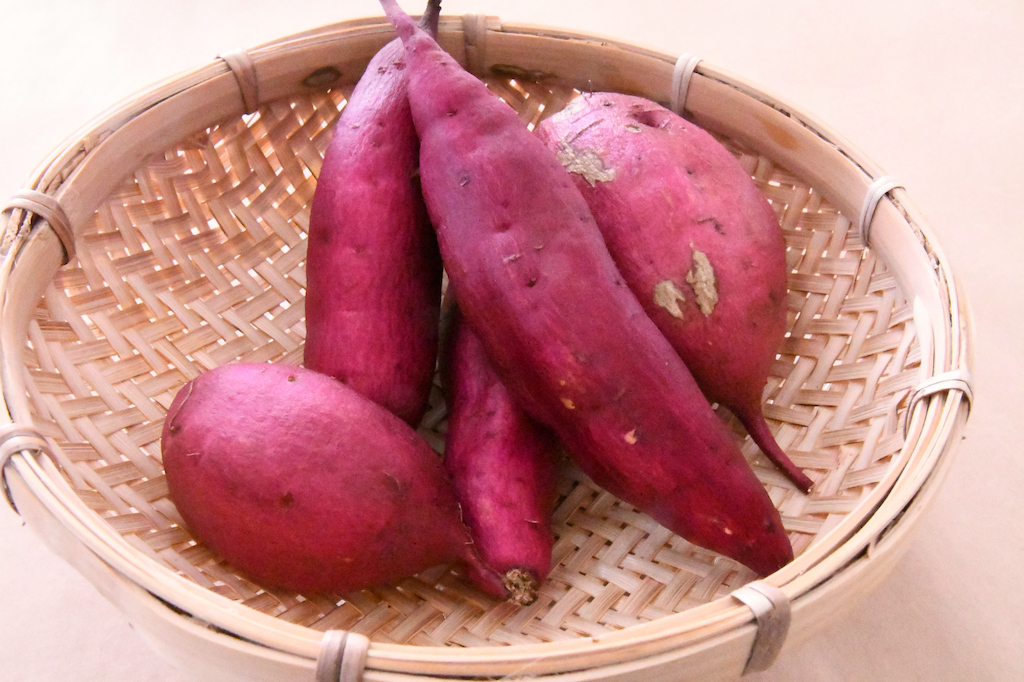Sesame seeds are one of the essential material for Japanese cuisine.
Surprisingly, there are over 3,000 species of sesame according to botanical classification such as the color of the flowers, leaf shape, seedpod shape, etc.
Among them, it is usually classified into 3 types according to the difference in seed exodermis color.
They are
・White sesame
・Black sesame
・Gold sesame
Let’s dig deep by item to see what are the differences between them! (Here, I will explain how to use it in Japan.)
Appearance and Overview
White sesame

・Has white exodermis (seed coat)
・The most popular type in Japan
・The most commonly seen types in grocery stores in Japan
Black sesame

・Has black exodermis (seed coat)
・Not as common as white sesame
・It seems that it is used favorably in the Hokuriku and Tohoku regions in Japan
Gold sesame

・Has yellowish-brown exodermis (seed coat)
・Sometimes called “yellow sesame” or “brown sesame”
・Because the area where it can be produced is limited, gold sesame production is low and expensive
Aroma and Taste
White sesame
・Doesn’t have any strong or distinct flavor
・Characterized by a mild taste
Black sesame
・Has a unique flavor
・Has a strong aroma and a rich taste
Gold sesame
・Richness and aroma are outstandingly higher than others
Good Match Dish
By the way, people usually eat roasted sesame seeds because the seed coat is hard and the scent is not good when it is raw.
White sesame
It has a relatively light and simple flavor, so it goes well with any dish.
Japanese people often use it for the following dishes.
・Vegitables with dressing
・Condiment for noodle dish
・Condiment for mixed rice
・Topping for meat dish
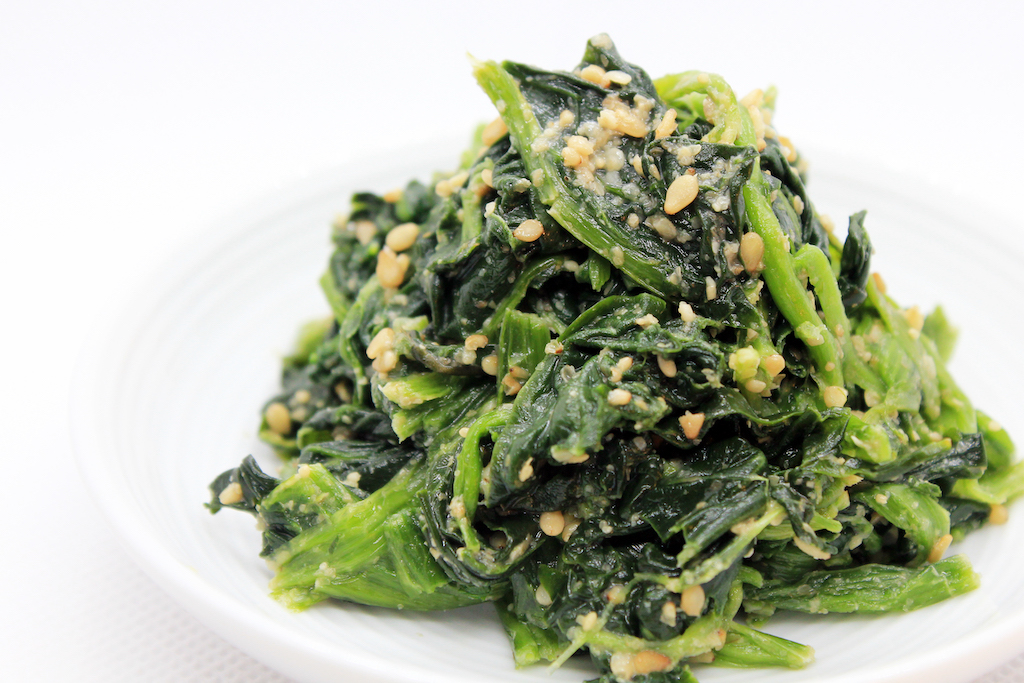
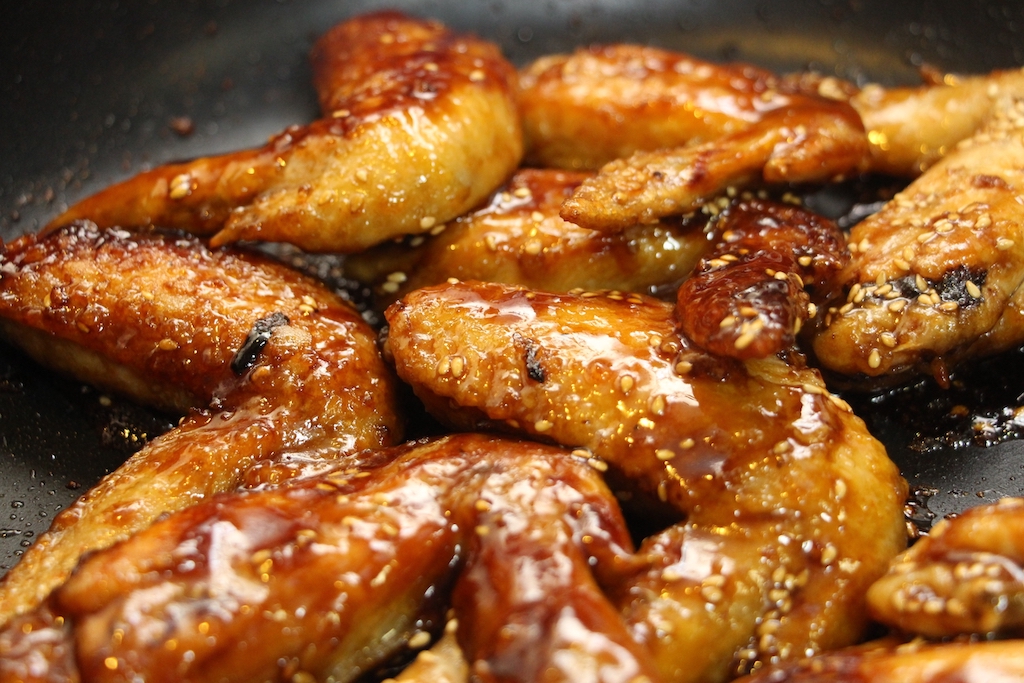
Black sesame
It is a standard ingredient for sweets with a unique flavor.
Japanese people often use it for the following dishes.
・Candied sweet potatoes (daigaku-imo)
・Topping for sweet dumpling (dango)
・Black sesame + roasted soybean flour (kinako) – You can mix the powder into yogurt and smoothie
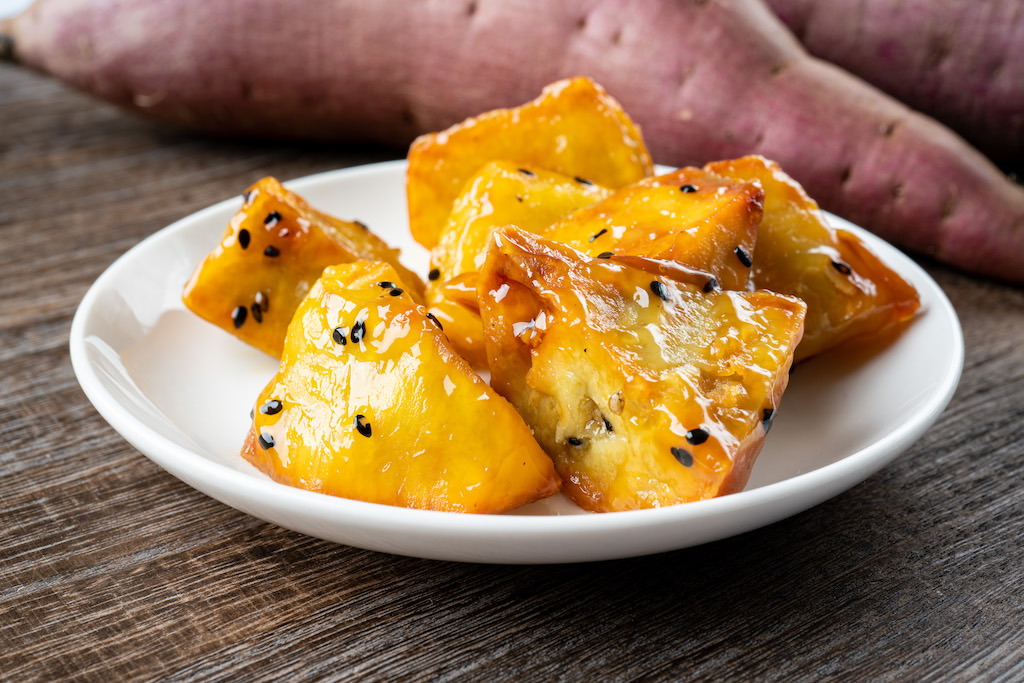

Gold sesame
Has a strong presence in both cooking and sweets. If you use it instead of the two types of sesame listed above, your dish will be definitely upgraded.
Also, it’s great topping for chirashi-sushi (scattered sushi) because the gold sesame has a wonderful luster.
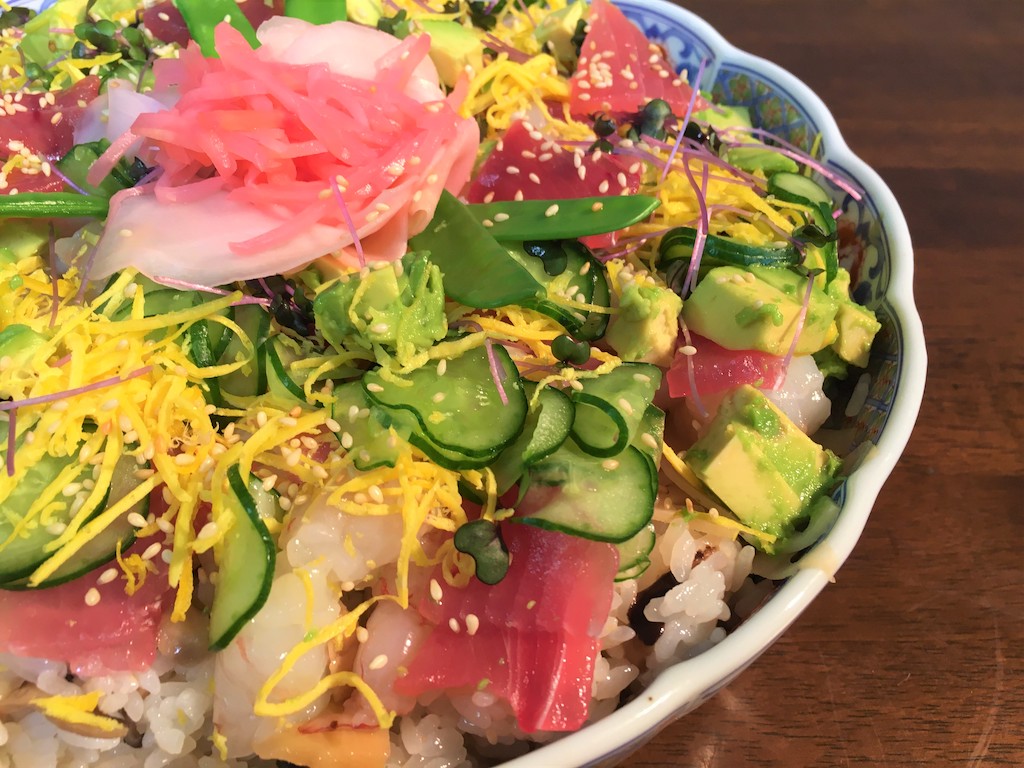
Nutrition Facts
The nutritional content is about the same. About 50% of the ingredients are fats, about 20% are protein, and about 30% are vitamins, minerals, and dietary fiber.
The minor differences are the followings.
White sesame
Slightly more fat than black sesame
Black sesame
Black skin contains tannin-based polyphenol pigment, and lignin, a type of insoluble dietary fiber.
Gold sesame
Higher fat than white or black
Conclusion
How were the differences between 3 types of sesame in Japan?
Maybe it’s a little hard to find gold sesame, but I guess you can find white sesame and black sesame at stores. So, please try the difference in taste if you have a chance.
Also, try to separate the sesame you use depending on the dish!
Are you interested in learning about Sesame Oil?
What Is Japanese Sesame Oil and How Is It Used?
The 4 Best Japanese Sesame Oil Substitutes


